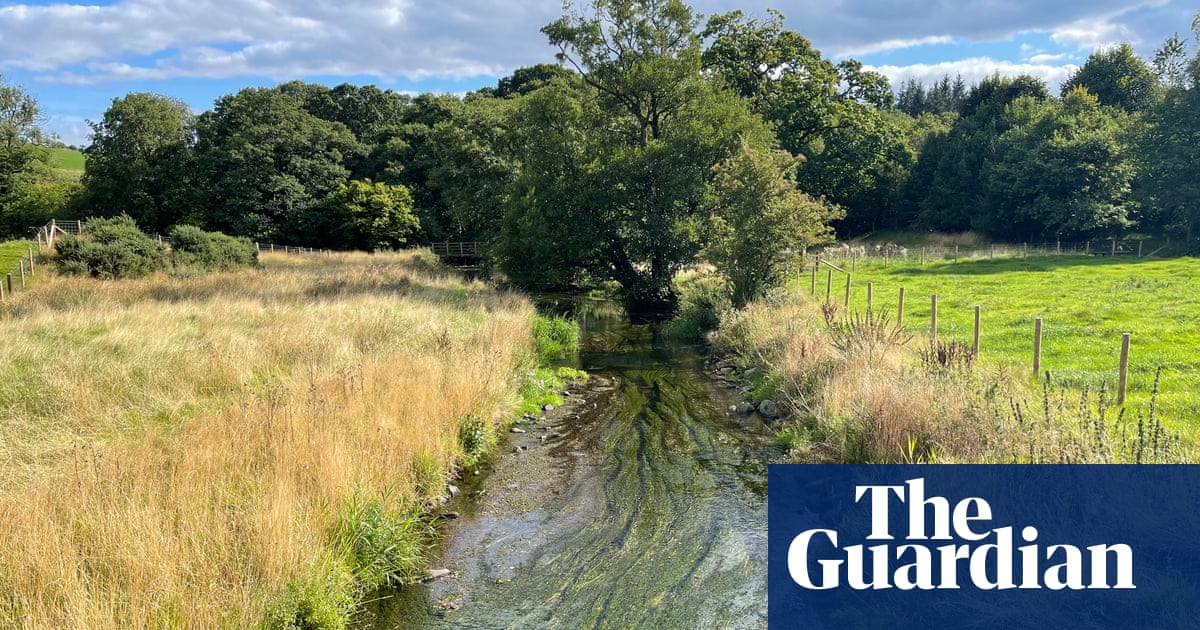
evolution is Wales’s dirty little secret, with no election generating a turnout of over 50%, affecting the Senedd’s credibility and legitimacy. But Covid may have changed that, with the pandemic putting life-and-death decisions (literally) in the hands of our MSs, meaning love it or loathe it, devolved government has come of age.
This Senedd election is all about Covid – its handling by the Welsh Labour government and the vaccine rollout, alongside plans for post-pandemic recovery. It is also an especially unpredictable election. Votes are likely to be split relatively evenly between the three big parties (Labour, the Conservatives, and Plaid Cymru). But our semi-hybrid – and increasingly dysfunctional – electoral system means that the main question is whether Welsh Labour wins an overall majority – something never achieved before – or has to govern in a formal or informal coalition with Plaid Cymru.
The Covid context means that this is a unique campaign, with little real action on the ground and one predominantly about the “air war”: what people see in the news and on social media. The increased engagement in Senedd workings should translate into a higher turnout, but that’s broadly an unknown as we ease out of lockdown. The pandemic has also changed election tactics for the three parties. Welsh Labour had the least need for adaptation, with broad scope to campaign on its track record of delivery, competence and trust. Labour has been in power for all of devolution’s 22 years. The most small “c” conservative and successful political party in Wales (there’s a lesson there) is running on a platform of building on what they’ve done. Mark Drakeford is seen as an electoral asset, newly recognised and widely popular, an avuncular “safe pair of hands”. For Welsh Labour, therefore, it’s about defence and surefootedness, setting itself up like a Premier League football team with a 10-point lead at the top and four games to go.
Among the Welsh-identifying, centre-left part of the electorate, the handling of Covidis pretty much off the table as a serious way to criticise the Labour government. Bluntly, this affects Plaid Cymru more than the Conservatives. Plaid Cymru has struggled to make a convincing case that Drakeford, of all people, should urgently be removed from power. Voters appear ensconced in tribes when it comes to national identity, with limited crossover. Welsh Labour and Plaid share the same tribal identity, with Labour dominant. This has posed problems for Plaid’s planned presidential-style campaign which had its charismatic leader, Adam Price, front and centre. Plaid had hopes of replacing Welsh Labour but this was shattered by the way public opinion realigned over Covid.
It is fair to say that Welsh Labour has ridden its luck in Senedd elections, not least in 2016 when it clung on to many seats in what became known as the “red wall”, a curving enclave of five constituencies running from the Vale of Clwyd to Clwyd south in the north-east of the country, often by very small margins. The area was contested in the 2019 general election when, under Corbyn, the party held on to only one of its MPs in the region. But Wales has a second “red wall” in the south, composed of some 22 seats and taking in the Welsh valleys, but also the urban centres of Llanelli, Swansea, Cardiff and Newport. Some claim a rise in working-class Conservative support here might pose problems for Labour. However, any evidence for such a shift is no more than anecdotal. Given that patriotism is a feature, it’s less plausible to translate identical motivations for switching to the Tories in seats across south Wales as we saw in the north-west of England. Here, there’s greater Welsh identification and a rather different battle going on with Plaid Cymru than in the north. And while some urban voters might vote Conservative, the Valleys are more likely to go for Plaid.
In addition, the problem for the Tories is that it’s not as simple as getting out the half a million voters who supported them in 2019. That was a UK election, all about getting Brexit done – and done it is in most people’s minds. And clearly Andrew RT Davies has none of Boris Johnson’s familiarity or appeal. Davies’s populist style might well capture some of Ukip’s sizeable vote last time around, but that might be too dispersed to help the Welsh Conservatives win many of their targets.
Before events at Westminster over the past week the Welsh Conservatives were in bullish mood. They will still probably make gains. Winning some – or all – of its plausible Labour-held targets would probably seal the results day narrative. However, it is hard to know how much the current scandal over the cost of the wallpaper at No 10 will affect voter intention – but needless to say, perceptions of Johnson’s behaviour as greedy or self-serving won’t poll well among voters who are yet to choose how to cast their vote.
Nevertheless, the independence movement is in rude health. While Wales is not Scotland, a break from Westminster is particularly popular here among 16- and 17-year-olds, voting for the first time since a change in the law in 2020. This could prove significant for Plaid. Adam Price ruled out most realistic coalitions early doors, but his party’s best hope now is for a last-minute surge in votes that delivers extra seats and thus helps some more muscular negotiations over the shape of the next government and its constitutional stance in the longer term.
Laura McAllister is a professor of public policy and the governance of Wales at the Wales Governance Centre at Cardiff University












